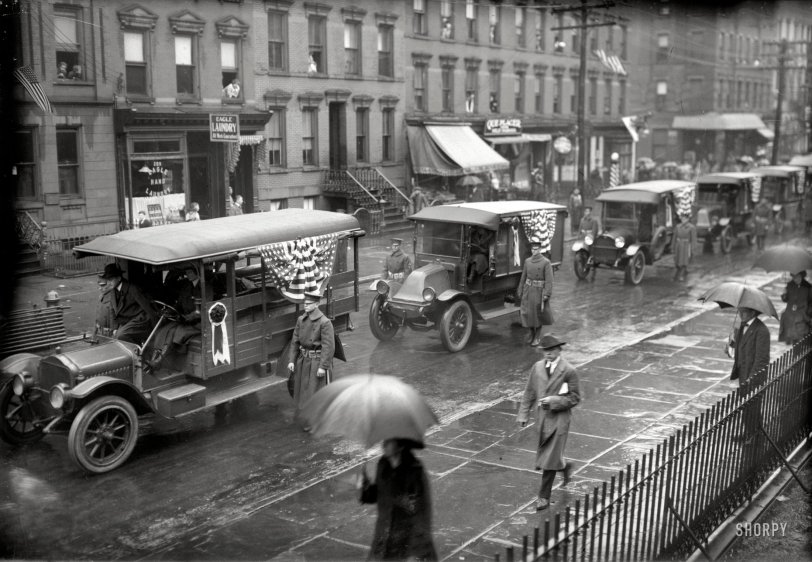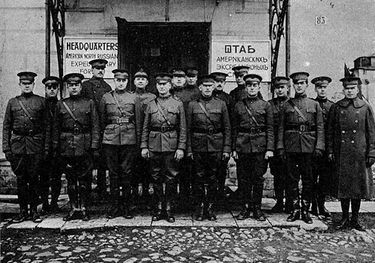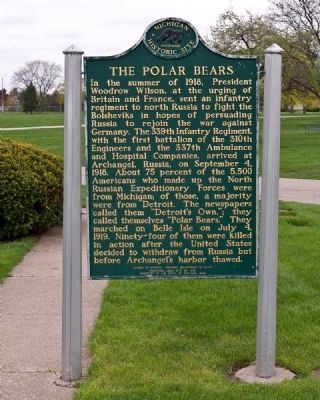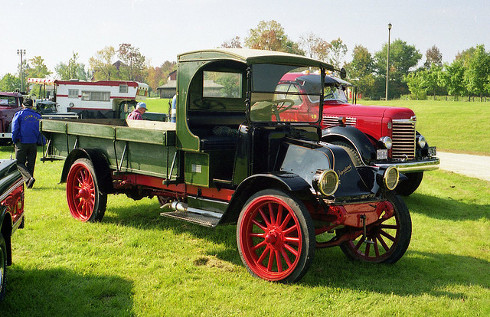


Framed or unframed, desk size to sofa size, printed by us in Arizona and Alabama since 2007. Explore now.
Shorpy is funded by you. Patreon contributors get an ad-free experience.
Learn more.

- Freeze Frame
- Texas Flyer wanted
- Just a Year Too Soon
- WWII -- Replacing men with women at the railroad crossing.
- Yes, Icing
- You kids drive me nuts!
- NOT An Easy Job
- I wonder
- Just add window boxes
- Icing Platform?
- Indiana Harbor Belt abides
- Freezing haze
- Corrections (for those who care)
- C&NW at Nelson
- Fallen Flags
- A dangerous job made worse
- Water Stop
- Passenger trains have right of way over freights?
- Coal
- Never ceases to amaze me.
- Still chuggin' (in model form)
- Great shot
- Westerly Breeze
- For the men, a trapeze
- Tickled
- Sense of loneliness ...
- 2 cents
- Charm City
- What an Outrage
- Brighton Park
Print Emporium
Homecoming: 1919

November 1919. Hoboken, New Jersey. "Dead soldiers from Russia. Funeral services for 103 slain fighting Bolsheviks." 5x7 glass negative. View full size.
Some pictures
Archangel is actually the town where I was born and I was taught in school about British-American troops who invaded Archangelsk back in August of 1918. British memorial cemetery is situated there. British soldiers of WWI and WWII (sailors from polar convoys who were killed by nazis) are buried there. If memory serves me, there were also few American graves. http://autotravel.ru/phalbum.php/90212/137
You can see few interesting photos of WWI period here: http://warhistory.livejournal.com/1574525.html You can use Google translator to read the captions under the pictures.

In the summer of 1918,
In the summer of 1918, President Woodrow Wilson, at the urging of Britain and France, sent an infantry regiment to north Russia to fight the Bolsheviks in hopes of persuading Russia to rejoin the war against Germany. The 339th Infantry Regiment, with the first battalion of the 310th Engineers and the 337th Ambulance and Hospital Companies, arrived at Archangel, Russia, on September 4, 1918. About 75 percent of the 5,500 Americans who made up the North Russian Expeditionary Forces were from Michigan; of those, a majority were from Detroit. The newspapers called them "Detroit's Own,"; they called themselves "Polar Bears." They marched on Belle Isle on July 4, 1919. Ninety-four of them were killed in action after the United States decided to withdraw from Russia but before Archangel's harbor thawed.
In 1929, five former "Polar Bears" of the 339th Infantry Regiment returned to north Russia in an attempt to recover the bodies of fellow soldiers who had been killed in action or died of exposure or disease ten years earlier. The group was selected by the members of the Polar Bear Association under the auspices of the Veterans of Foreign Wars. The trip was sponsored by the federal government and the State of Michigan.

"This is not the Western Front"
"It is hardly no front at all."
So wrote my grandfather in this letter to his parents dated "Archangel, Feb. 14, 1919. He was one of the approximately 5,000 "Polar Bears" of the American North Russia Expeditionary Force who fought the Bolshevik Red Army in North Russia from Sept. 1918 until June 1919 - more than six months after the end of the Great War. He was one of the lucky ones - more than 230 of his fellow soldiers died in North Russia.
The "dead soldiers from Russia" shown in this photo were disinterred from the Allied Cemetery in Archangel and shipped home for reburial closer to their families. Archangel finally fell to the Bolshevik forces in Feb. 1920. The remains of most of the other American dead were recovered in 1929 and brought back to the USA.
In addition to Sunday night's dinner, the 81st annual Memorial Day Service for the "Polar Bears" was held today at White Chapel Memorial Cemetery in Troy, Michigan. Their service and sacrifice have not been forgotten.
Model 15
The first truck is a 1919 White Model 15.
1919 International Harvester
The second truck is a 1919 International Harvester.

International Harvester
I suggest the "Renault" truck is an International Harvester. The lineup left to right is White, International Harvester, Reo, another International.
Finally
a place where I can get my eagle washed.
About the gorgeous trucks
First in line is from White Motors, second and fourth are from International Harvester, third is a bit more generic but my money is on Reo. You can almost make out the diagonal script on the front of number two's coffin nose in the full-size version.
When you think of it
It must be the only time in history where American soldiers actually fought in a war against Red Russian soldiers.
Good to know
I didn't know that so many Americans fought against Bolsheviks in Russia. They fought for freedom, but they lost. One year later, in 1920, Soviet forces came for Poland. Decisive Polish victory was battle of Warsaw, so unexpected that called "A miracle at the Vistula". Thanks to it we have secured Polish (and European) eastern frontiers for the next eighteen years, till 1939.
Thanks, Bink
Thanks for the simple, but beautiful poem. Says it all!
[Henry Wadsworth Longfellow deserves a smidge of credit, too. - Dave]
Uncanny timing
The Polar Bear Descendants Dinner, made up of descendants of the 339th Regiment whose members made up most of the 103 dead, is taking place tonight in Troy, Michigan.
Quite an assortment of gorgeous trucks
Looks like the second in line is an air-cooled Franklin. Interesting that they are all different.
[That's a Renault an International. The radiator is under the windshield. - Dave]
Almost forgotten homecoming
Few people remember that we had thousands of troops sent into the chaos of the Russian civil war, on short notice, shortly after the Bolshevik coup overthrew the revolutionary government.
Two separate expeditions, in the Archangel-Murmansk region and in Siberia, backed Allied attempts to corral large supplies of in-transit war matériel, bolster loyalist 'White' forces, and evacuate the Czech Legion.
The whole mess became politically unsupportable after Armistice and the continued unraveling of the "White" Russian forces, Allied troops were withdrawn in 1920.
A Reminder
Of what this weekend should be all about; remembering all those, throughout the years, who gave "their last full measure" to insure our ability to celebrate, and to complain sometimes, being Americans. Embrace Feedom! And thank anyone you meet in the Military, regardless of Branch!
Longfellow's comment
We deck with fragrant flowers
Yours has the suffering been,
The memory shall be ours.
"Nation Honors Men Killed In Russia"
The public funeral service took place on November 13 at Pier 4 in Hoboken, after which the coffins were escorted to a mortuary chapel.
(N.Y. Times article, Nov. 14, 1919)
100 Yank Dead Brought Back from Archangel
Chicago Daily Tribune, Nov 13, 1919
Washington, D.C., Nov.12 - [Special] -- The bodies of 100 midwest soldiers who died in north Russian during the allied campaign against the bolsheviki will arrive at New York late tonight aboard the Lake Daraga. Most of these soldiers were from Michigan, members of the 339th infantry.
Relatives have been notified to communicate with the port utilities officer, Hoboken, N.J., regarding the disposition of the bodies. Chicagoans in the list of dead were:
Leo P. Ellis, private, company I, 339th infantry. Mother, Mrs. Catherine Ellis.
Claude B. Hill, 2d lieutenant, 210th engineers, company A. Father, Dr. Charles Hill, 6330 Kimbark Avenue.
Michael J. Kenney, sergeant, company A, 339th infantry. Brother, Patrick J./ Kenney, 1825 West Garfield Boulevard.
Mattios Kozlousky, private first class, company M, 339th infantry. Sister, Mrs. Martha Getz, 704 West Thirty-first Street.
























On Shorpy:
Today’s Top 5